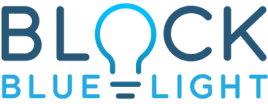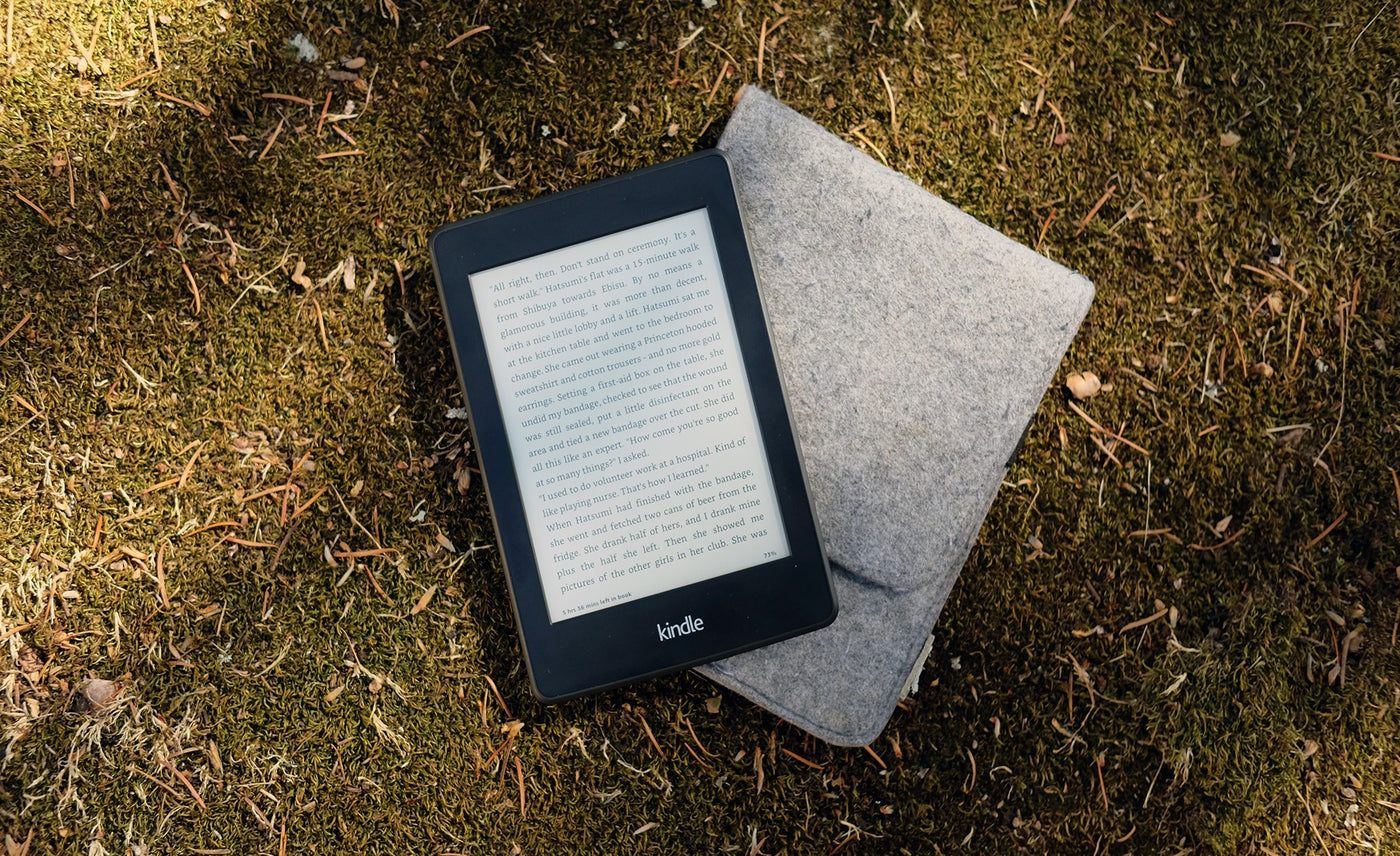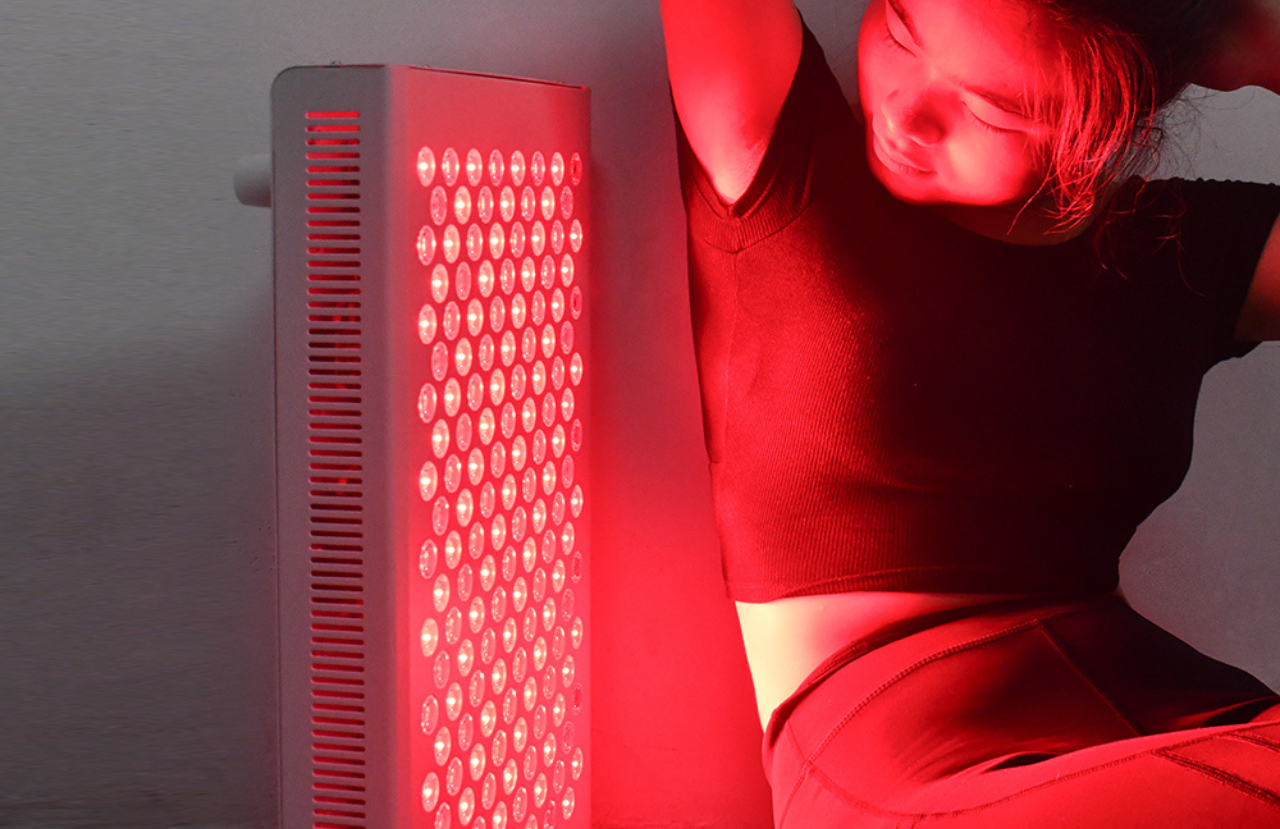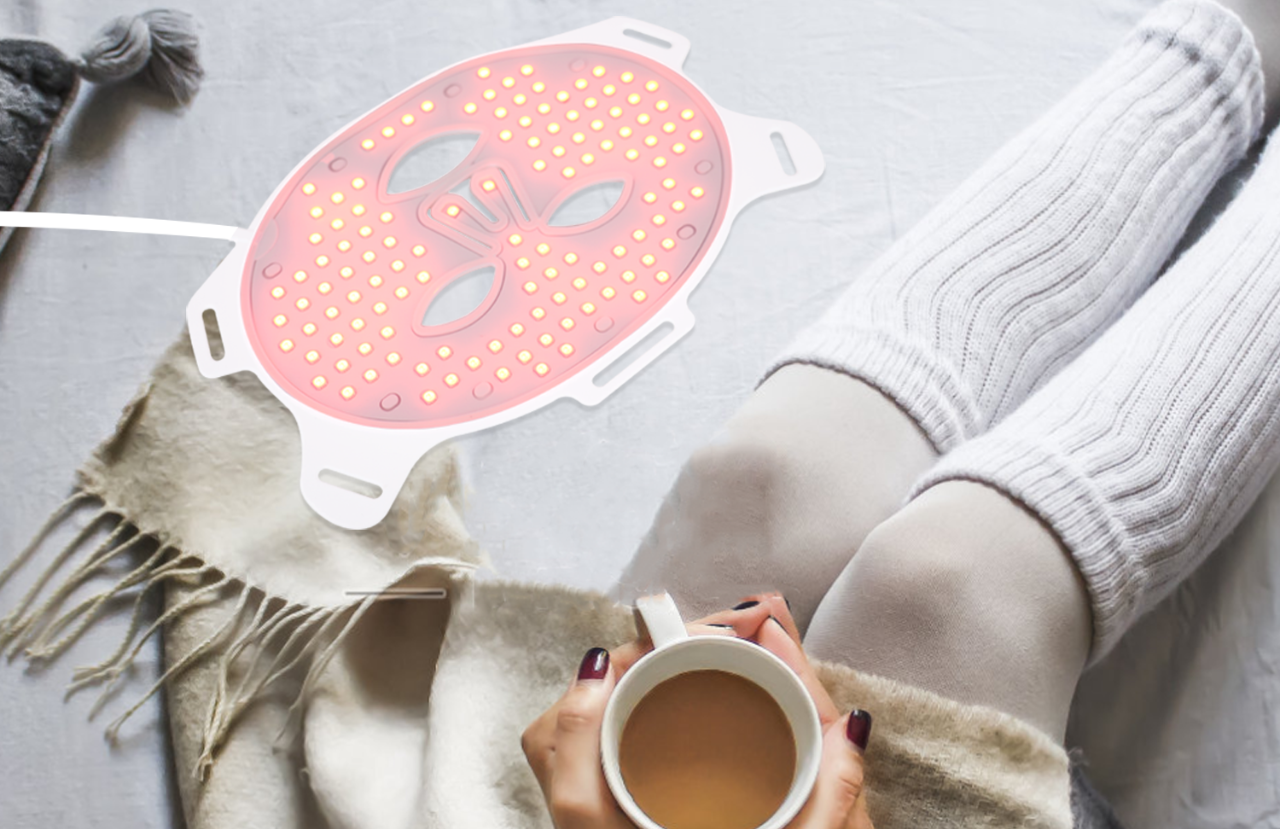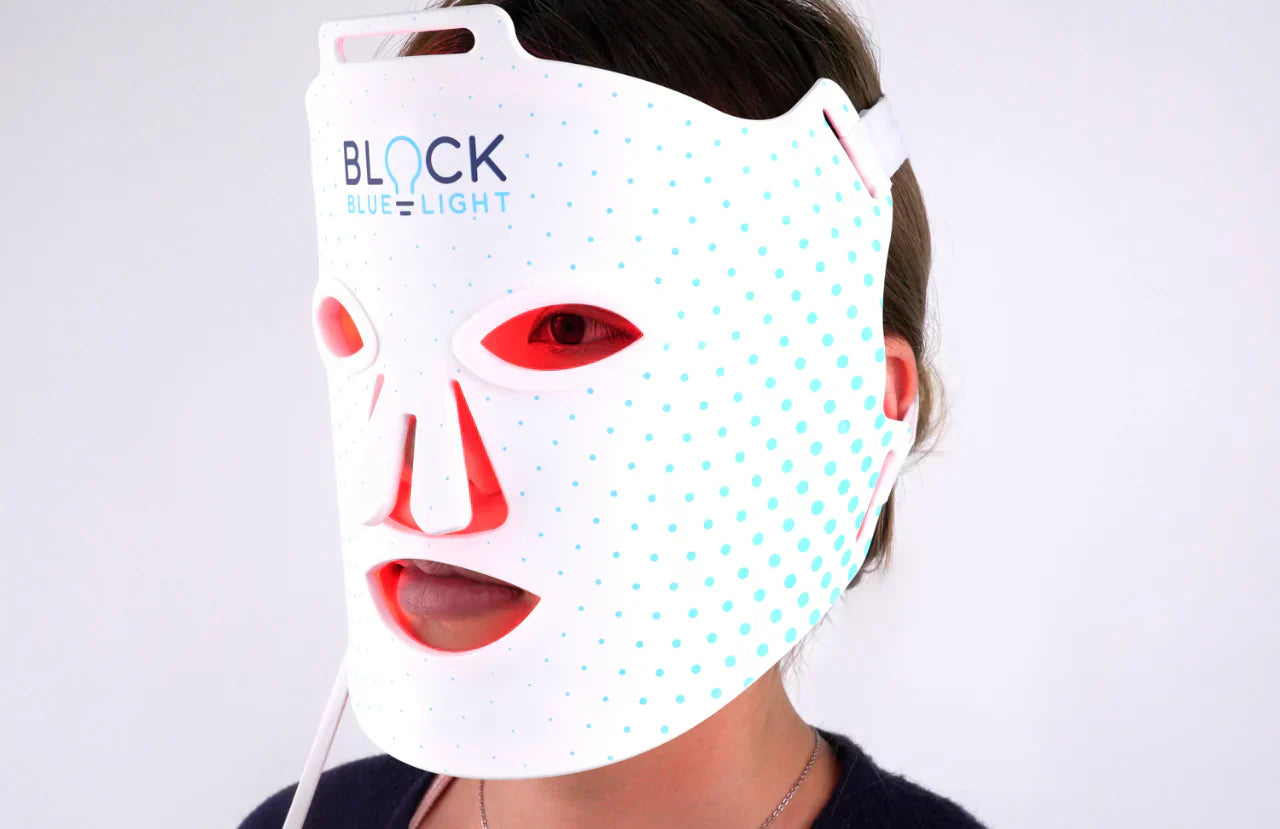Do you love reading your Amazon Kindle? If so, then you’re not alone. Kindle is one of the most successful lines of e-readers in the world. It provides an easy and convenient way to read the books we love – and is much easier than carrying around stacks of paper.
However, increasingly, we are learning about the dangers of electronic devices on our vision. Scientists have confirmed that exposure to blue light from our electronic devices can cause significant harm to the health of our eyes. In 2020, it was reported that 32.4% of people used a blue light-emitting device anywhere from 9 to 11 hours daily. That's a lot of screen time!
The question many people are asking, therefore, is ‘does Kindle have blue light’? This article will give you the answer. But, first, a brief explanation of blue light will be necessary.
What is blue light?
The light that we see from sunlight isn't just yellow and white - it's actually made up of a range of colours under the visible spectrum. Red, orange, yellow, green, blue, indigo, and violet make up the visible spectrum (and the colors of the rainbow, too). Each of these colour emits different energy at different wavelengths.


Natural blue light is beneficial for humans. Blue light emitted by sunlight boosts our cognitive function, mood, and alertness. It plays a role in children's growth and development. Blue light also helps to regulate our circadian rhythm, which is the body's natural cycle of sleep and wakefulness. For centuries, we've been accustomed to the high exposure of blue light during the daytime that gradually wanes after the sun sets. The absence of blue light during the nighttime signals our bodies to produce melatonin, our sleep hormone.
However, our modern devices rely heavily on artificial light, especially LED (light emitting diode) lights on our smartphones, laptops, TVs, and tablets. This overexposure to blue light may be causing physical problems such as eye strain and may be preventing you from getting your much needed sleep.
Why is blue light bad for the eyes?
We’re able to see the things around us because of the way that they reflect light. Visible light travels through your cornea, into your lens, and is captured by your retina. The retina processes this light and sends signals to your brain, which translates them into images. Your retina is highly sensitive to light and too much exposure to harmful blue light wavelengths can cause dry eyes, headaches, and eye strain.
Researchers and eye doctors say that there is little evidence to prove that blue light can cause irreparable damage to the retina, but they also point out that studies on the long-term effects of LED devices are limited. Because LED devices are relatively recent inventions, we don't really know how much effect they can have on us throughout our lifetimes.
Does kindle have blue light?
Like most handheld devices and laptops, Kindle does use blue light for backlighting. But the kindle blue light is no more damaging than your average cell phone. In fact, Kindle Paperwhite actually emits a little less blue light compared to other models.
Does kindle have a blue light filter?
Amazon didn't use to incorporate blue light filters in their Kindle devices, but they started doing so once concerns about blue light exposure started to rise. Blue Shade is a feature added to Kindle devices in 2015 that limits the amount of blue light from the screen. Amazon stated that Blue Shade “uses specialized filters to limit exposure to blue light. It also offers warm color filters and the ability to lower the display brightness to an ultra-low level for comfortable nighttime reading—even in a dark room."
Basically, Blue Shade is Kindle's version of a blue light filter. Since Kindle Paperwhite emits much less blue light than most devices, you may not notice much of a difference even with Blue Shade turned on.

What other blue light-blocking settings does Kindle have?
Turning down the brightness on your Kindle can help to reduce blue light emissions, though this may not be enough to combat its harmful effects. Fortunately, the latest generations of Kindle Paperwhite have an adjustable color temperature system, allowing you to reduce the amount of blue light that it emits. You can adjust the Kindle brightness and warmth through the dropdown menu on your screen.
The updated versions of Amazon Kindle Oasis and Kindle Paperwhite come equipped with a dark mode feature. To activate Kindle dark mode, pull up your dropdown menu and select the dark mode icon located next to the airplane mode icon.
Adjusting the brightness and backlight tone of your Kindle can make it more comfortable for your eyes, but it can also be a bit hard to read for some people. Alternatively, you can opt for another light source like a lamp or a candle to help you make out the words better. You can buy a light for Kindle that's small, low-wattage, and can be clamped on your desk or bed frame so you can enjoy a relaxing read anytime.
What else can I do to limit my exposure to blue light?
Follow the 20-20-20 rule. Every 20 minutes, take a 20-second break and focus your eyes on something that is at least 20 feet away. Optometrists recommend this technique to their patients.
Use moisturising eye drops. We tend to blink less when using our electronic devices, which is why keeping our eyes moist is important. Artificial tears are a great option. You can also use humidifiers in your room or office to keep the air from drying out.
Wear blue light-blocking glasses. Let's face it - sometimes we really do tend to overwork ourselves when faced with deadlines and important tasks. We lose track of time and forget to consider our eye health during the process. As a result, we get eye strain, headaches, and insomnia. Blue light-blocking glasses are coated with special filters that allow you to work normally (and at maximum screen brightness) for long periods of time without worrying about overexposure to blue light.

Conclusion
The bottom line is that blue light is harmful to your body. It can cause sleep problems, eye strain, dry eyes, and headaches. These damaging effects may lead to more problems further down the road. Taking steps to actively reduce your blue light exposure, like using blue light-filtering glasses and adjusting your screen settings, can help you to avoid these consequences.
References
https://preventblindness.org/blue-light-and-your-eyes
https://opto.ca/health-library/the-20-20-20-rule
